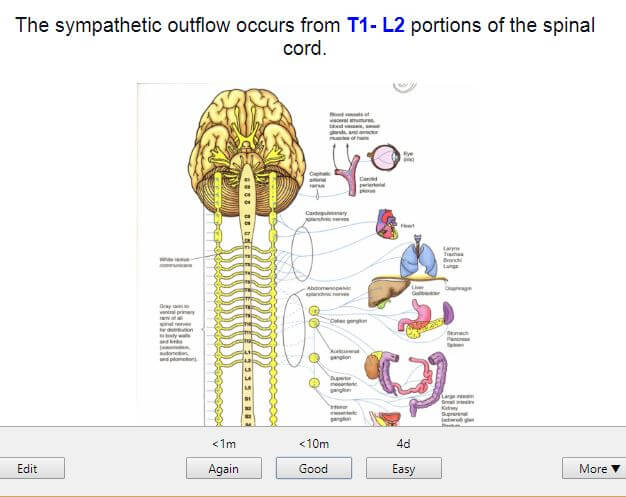

removal of any text within curly braces, if enabled by the user.removal of any text within brackets, if enabled by the user.removal of any text within parentheses, if enabled by the user.from using the bare path option from the browser generator), always removal of any AwesomeTTS-derived paths (e.g.


These options are applied after Anki has already done any needed template substitutions or cloze deletions (i.e. These options are used whenever AwesomeTTS parses content that came from a template (e.g. Users who are building up decks from scratch may choose to keep non-audible snippets of information in separate note fields from the actual spoken language words as an alternative to using these features. Advanced users can also define a custom list of text substitutions to perform on incoming text.Ĭollectively, these options can be helpful for users who keep snippets of text within their note fields that they want visually on-screen but either do not want played back or want played back in another form, particularly with shared decks that might not have had AwesomeTTS in mind. The “Text” tab allows users to control how AwesomeTTS transforms incoming text before it is sent to a TTS service to be spoken.Ī number of simple transformations can be enabled that cover some common use cases. MP3s Text and Cloze Deletion Configuration “Text” configuration tab.Text and Cloze Deletion Configuration - AwesomeTTS for Anki AwesomeTTS for AnkiĮasily add text-to-speech to your Anki cards Nothing to do with cloze or tooltip per se. The javascript part is to manipulate the tooltip text on the back side of the card. The cloze effect is achieved through pure CSS. The only thing you need to do is mark the keyword as bold (like 私は絵を 見るのが好きです。). So you can produce a cloze sentence card using any note type. But now it looks more like what a cloze sentence is expected to look like: 私は絵を__のが好きです。 Still you click the grey box to reveal the hidden text. But there's still a big black box which is an eyesore in my opinion. You click the grey box to reveal the hidden text.
#Anki cloze how to#
Some guy on the internet teaches people how to customized that deck. Then I got some idea from the Japanese Core10k Further Optimized deck. I just want to share my recent experience experimenting with Anki.Īnki's built-in cloze type has a serious limitation: You can only have one card per note. I know this is not about Chinese, but it's about Anki, and lots of people use Anki.


 0 kommentar(er)
0 kommentar(er)
